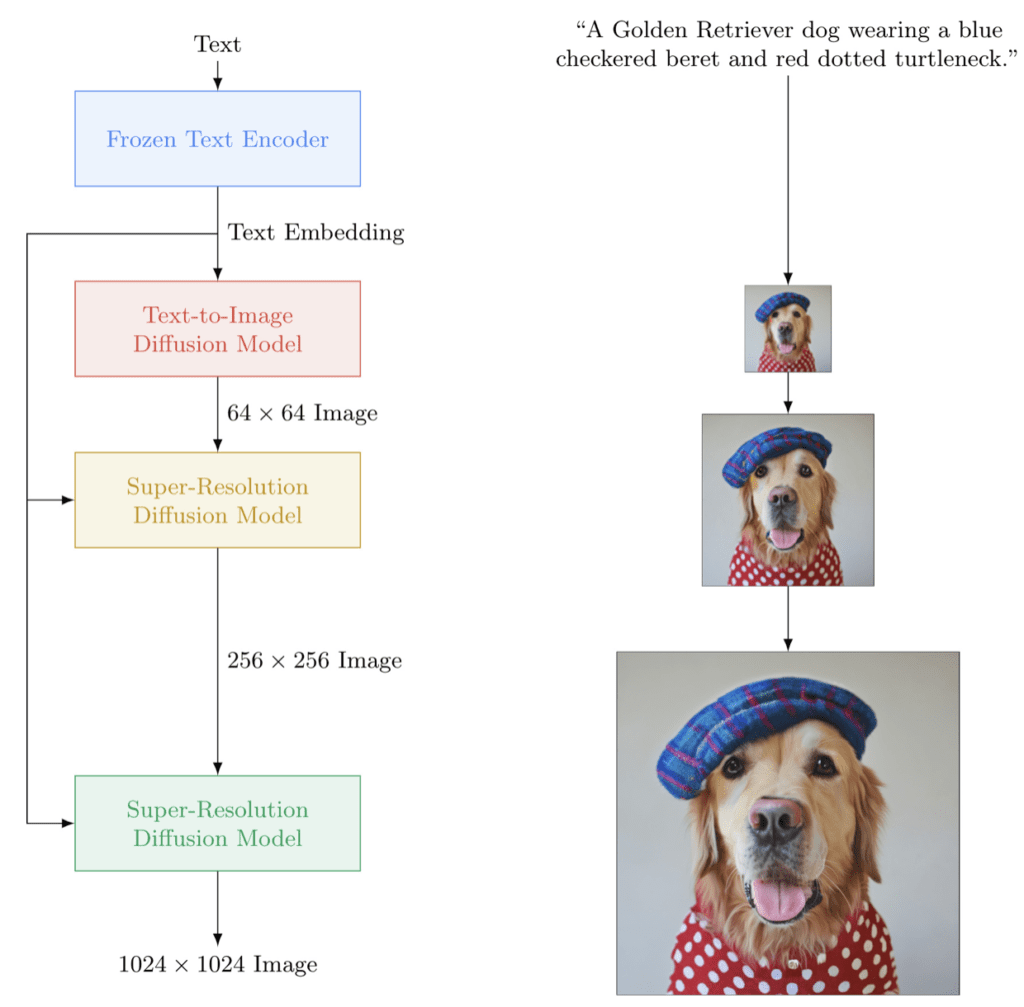Text-to-Live Image Transformation Unleashed with Advanced Diffusion Techniques
- Photorealistic Image Generation: Imagen 2 leverages advanced text-to-image diffusion technology to produce images that not only match user prompts with high fidelity but also exhibit photorealistic quality, elevating the standard for AI-generated visuals.
- Wide Accessibility and Integration: Accessible through platforms like Gemini, Search Generative Experience, and ImageFX, Imagen 2’s technology is also incorporated into Google Arts and Culture’s Cultural Icons experiment, and available for developers via the Imagen API in Google Cloud Vertex AI, broadening its application spectrum.
- Commitment to Ethical AI: With robust safety measures and the integration of SynthID for digital watermarking, Google ensures that Imagen 2 adheres to ethical standards, mitigating risks associated with AI-generated content while maintaining image quality.

Google has once again pushed the boundaries of AI with the introduction of Imagen 2, an advanced text-to-image diffusion model designed to transform textual descriptions into vivid, lifelike images. This groundbreaking technology leverages the natural distribution of its training data to generate outputs that are not only aligned with user prompts but also surpass previous models in realism and detail.
Unprecedented Realism and Detail
At the heart of Imagen 2’s success is its ability to render intricate details and textures, making the generated images indistinguishable from actual photographs. This leap in quality is attributed to enhanced image-caption understanding, where additional descriptions in Imagen 2’s training dataset enable the model to better grasp the nuances of user prompts, leading to more accurate and contextually appropriate visuals.

Expansive Access and Creative Freedom
Imagen 2’s impressive capabilities are not confined to a single platform. With its integration into various Google services such as Gemini, Search Generative Experience, and the experimental ImageFX, users can explore a multitude of creative possibilities. Moreover, its application in educational and cultural projects, exemplified by the Google Arts and Culture’s Cultural Icons experiment, demonstrates the model’s versatility and potential to enrich learning experiences.
Ethical Considerations and Safety
Google’s commitment to responsible AI development is evident in the careful design and deployment of Imagen 2. The introduction of SynthID, a cutting-edge digital watermarking tool, addresses concerns about the authenticity of AI-generated images. This feature ensures that images can be reliably identified as AI-generated, even after modifications, without compromising their quality. Furthermore, stringent safety testing and the implementation of technical guardrails preemptively reduce the risk of generating harmful or problematic content.

Broadening Horizons for Creators and Developers
The availability of Imagen 2 through the Imagen API in Google Cloud Vertex AI opens up new avenues for developers and businesses to harness its capabilities. From enhancing digital marketing materials to creating dynamic visual content for social media, the applications of Imagen 2 are vast and varied. Notable collaborations with companies like Canva and Snap underscore the model’s utility in supporting creative endeavors across industries.
The Future of Digital Creativity
With Imagen 2, Google sets a new standard for text-to-image generation, offering users a powerful tool to bring their imaginative concepts to life with unprecedented ease and precision. As Imagen 2 continues to evolve, its potential to redefine digital content creation remains vast, promising a future where the line between artificial and real becomes increasingly blurred.
Imagen 2 represents a significant advancement in the field of AI-generated imagery, combining photorealistic output with wide accessibility and a strong ethical framework. Its impact extends beyond mere technological innovation, offering new possibilities for creative expression, education, and digital content creation.
